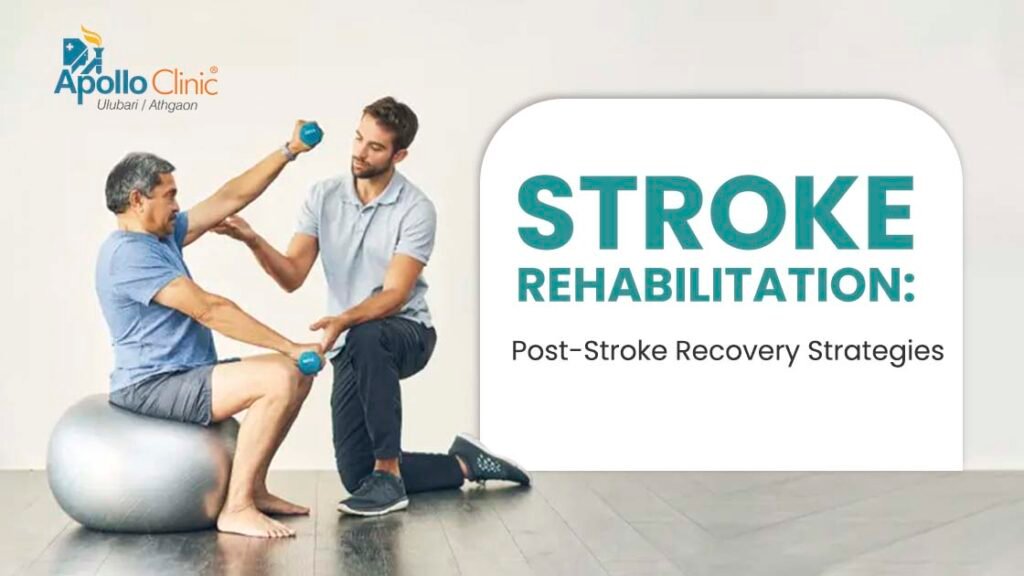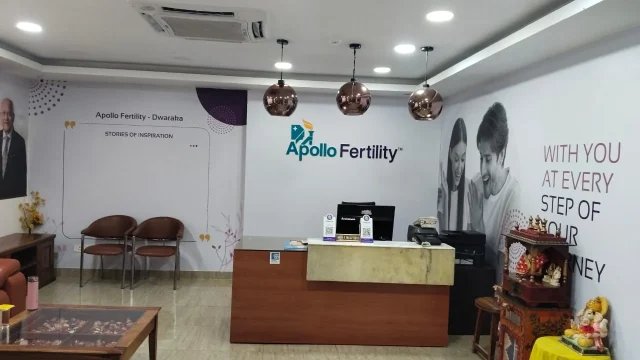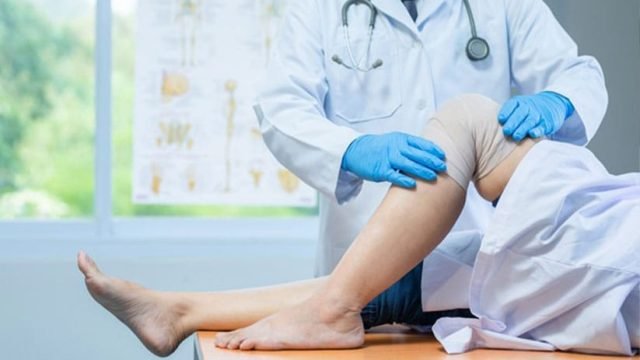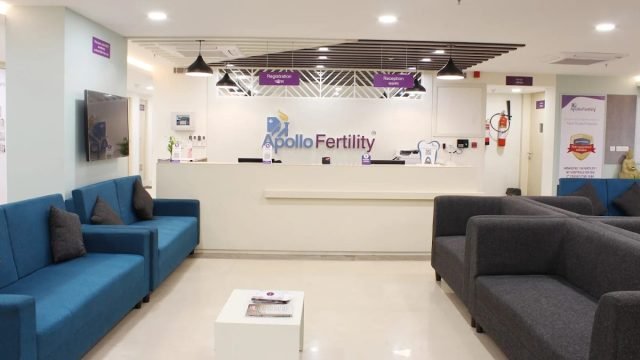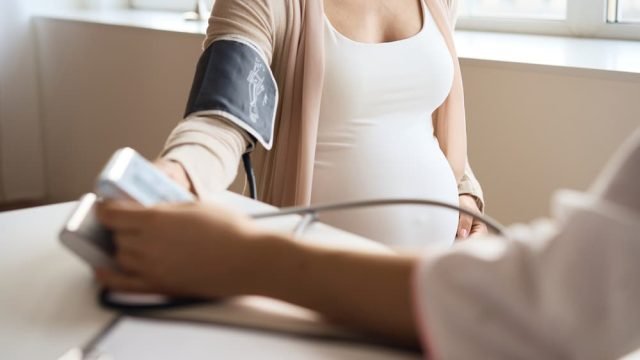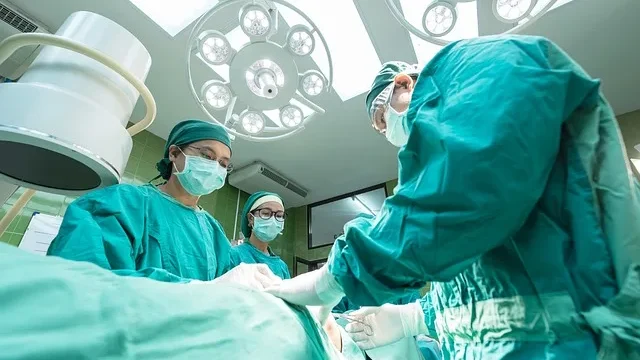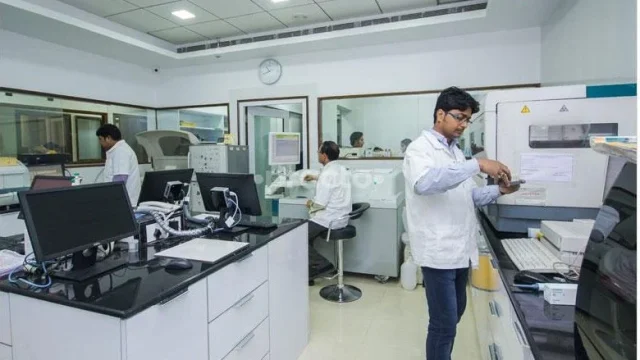A stroke can feel like life stops in an instant, leaving fear and uncertainty in its wake. But stroke rehabilitation offers hope, helping you rebuild your life one step at a time. It’s more than medical treatment—It’s not just about fixing your body; it’s about finding joy and freedom again..
Starting rehab early is crucial. Research shows that beginning therapy soon after a stroke helps your brain heal and adapt, improving recovery chances. Skilled therapists guide you to relearn skills like walking or talking, making every session count.
You don’t have to face recovery alone. With a tailored plan and expert support, rehabilitation can restore abilities and confidence. From hugging a loved one to stepping outside, these moments make the journey worthwhile.
Understanding Stroke and Its Impact
A stroke is also more than a medical emergency, it is a life-changing event. A stroke occurs when the blood supply to part of the brain is quickly stopped or restricted, denying brain cells the oxygen and nutrients they need to survive. Those cells can die in minutes, and the consequences can be severe.
Depending on what area of the brain is affected, a stroke can affect movement, speech, short-term memory, balance, vision, and even emotional responses. For some, the effects of a stroke can be subtle and temporary; for others, it can mean losing the ability to walk, talk, or care for themselves without assistance.
What makes stroke particularly difficult is that no recovery will look the same. Recovery depends on many factors, namely, where and how much damage has been done. Some people recover so well that they no longer need support. For others, returning to their life may be a long journey that requires rehabilitation and care for the long term, but involves rebuilding a life one step at a time.
Here is the good news: the brain is an amazing thing. With appropriate early intervention, ongoing rehabilitation, and a holistic approach, the brain can often find other pathways of significance and relearn what may have been lost to some degree. This is the awesome part of stroke rehabilitation.
What Is Stroke Rehabilitation?
Rehabilitation therapy after a stroke is a collection of treatments and practices designed to help patients recover skills and regain independence. It can begin as soon as 24 to 48 hours after the stroke, usually while the patient is in the hospital. The earlier the rehabilitation starts, the chances are improved for recovery, and complications are lessened.
Rehabilitation is time-sensitive (the sooner it starts, the better). In the event of a stroke, the brain suffers damage, causing a loss of muscle control, speech, memory, or emotional regulation. This is why rehabilitation therapy can start, depending onthe condition, in the first 24 to 48 hours after the event. The process of rehabilitation does not exclusively relate to recovery. Rather, rehabilitation is retraining the brain to make new pathways, which allows the recovery of lost functions.
There are many approaches to post-stroke rehabilitation, ranging from guided physical therapy visits to task-specific repetition. Everything in the post-stroke rehabilitation process is aimed at helping patients reclaim independence and trust in their own abilities in their daily lives.
Key areas of stroke rehabilitation include:
- Physical therapy: for enhancing motor skills and mobility.
- Occupational therapy: for relearning basic daily routines such as dressing, cooking, or toileting.
- Speech-language therapy: for intervention with speech and language, as well as swallowing.
- Cognitive therapy: To improve memory, problem-solving, and thinking skills
- Emotional and psychological support: To deal with anxiety, depression, and emotional changes
Why Early Rehabilitation Matters
The brain is extremely flexible. This ability, called neuroplasticity, allows the brain to reorganise and to make new neural connections long after an injury has occurred. Neuroplasticity is most possible immediately following an injury, which is why early rehabilitation is so effective; the earlier the rehabilitation begins, generally the greater the improvement.
Starting rehabilitation as early as the first two days after a stroke may also allow for the prevention of other complications such as pressure wounds/bedsores, pneumonia, or deep venous thrombosis. It’s not only about recovering; it’s also about preserving what is left.
Post-Stroke Recovery Goals
The primary focus of post-stroke rehabilitation is to help the individual achieve the highest possible independence and quality of life. Goals can vary from person to person, but generally consist of the following:
- Learning to walk again or use assistive devices to ambulate or walk
- Re-learning how to talk and communicate, and the level of understanding of language
- Restoring activities of daily living and social activities (social participation)
- Managing new health conditions and/or new risks
Personalised Rehabilitation Plans for Stroke Patients:
No two stroke patients are alike. The severity of the stroke, which areas of the brain were affected, the patient’s age, and overall health all play a role in the recovery. For this reason, personalisation in stroke rehabilitation plans is vital.
At Apollo Clinic, we strive to provide individualised care plans for our patients based on a thorough assessment. These plans could look like:
- Daily or weekly therapy appointments
- Mobility aids or supportive devices
- Individual exercise and home activities
- Family counseling and education of the caregiver
- Nutritional and medication recommendations
Rehabilitation Settings: Where Does Therapy Take Place?
Rehabilitation therapy doesn’t always have the same look for every patient. With the unique level of function available to them and engaged family support, stroke patients can take the therapy in the following form:
- Inpatient Rehabilitation Centres
Appropriate for individuals who require intensive, 24-hour care. Patients typically have several hours of therapy a day.
- Outpatient Therapy
When the patient is stable, they may no longer need to stay at the hospital or clinic but can continue therapy regularly while living at home.
- Home-Based Therapy
For patients who cannot go to therapy due to mobility restrictions, therapists can go to the patient’s home and deliver exercises to the patient and educate them in their own environment.
- Community Rehabilitation Services
Community or area-wide stroke support groups and programming assist opportunities for long-term recovery and re-integration.
What to Expect: The Stages of Recovery
Stroke rehabilitation is a process that takes place over several stages:
Acute Phase (First Few Days)
- The Neurologist and the rehab team evaluate.
- Prevent additional brain damage.
- Begin basic movement therapy.
Subacute Phase (First Few Weeks)
- More formal physical, occupational, and speech therapy.
- Consider assistive devices like walkers or braces.
Chronic Phase (Months to Years)
- Therapy continues to fine-tune movements and skills.
- Return to work, drive, or hobby (if possible).
- Monitor emotional and mental health.
Common Challenges in Stroke Rehabilitation
Recovery is possible, but we do face obstacles along the way. They may include fatigue and weakness, cognitive issues, emotional changes, such as mood swings and/or depression, speech issues, fear of falling and/or re-injury, and many others.
These challenges are real challenges, and patients need patience, understanding, and positive encouragement from a team that listens! While it is important to encourage courage and bravery, and to get to the most comfortable spot possible, the feedback process is so important in this capacity that we are continually making changes to get people to their goals.
The Role of Family and Caregivers
The recovery of stroke patients does not involve just the patient. It is a team effort, which includes family and caregivers. Family members and caregivers can help the recovery process by:
- Assisting with daily tasks and getting the correct dosage of medication
- Providing emotional support
- Participating in therapy sessions to understand how to provide support
- Encouraging routine and consistency in dependence on rehab
Caregivers also need support as their work may lead to burnout. Many clinics, including the Apollo Clinic, Guwahati, offer caregiver counseling and support services.
Embracing Innovation: Technology in Rehabilitation
Technology is driving innovation in neurology care and rehabilitation. Many new tools and technologies are very engaging and helpful in rehab as well.
Some examples include:
- Robotic-assisted movement therapy: Helping patients to practice walking or limb movement.
- Virtual reality exercises: Putting coordination and cognitive skills to the test within a fun environment.
- Brain stimulation therapies: Support neuroplasticity and function development.
- Apps and smart devices: Assist with tracking progress, reminders, and home exercises.
Nutrition and Lifestyle in Post-Stroke Recovery
Recovery is more than just professional therapy. A healthy diet and lifestyle can enhance the chances of healing and recovery. Patients should do the following:
- Eat foods that are nutrient-dense to nourish the brain
- Drink plenty of water
- Avoid consuming alcohol or smoking.
- Monitor/control blood pressure and sugar levels
- Remain intellectually active by reading, puzzles, and social activities
How Long Does Stroke Rehabilitation Take?
There is no single timeline that fits all cases. Some patients will have improvement over weeks, while others may be in rehab for months or years. The most important thing is to stay consistent in your rehab and keep motivating yourself by celebrating your improvement. Setting realistic short-term goals can also help you stay engaged in the process.
Tips for Patients and Families
- Be patient and celebrate some of the small successes
- Stick with the rehab plan even if it seems like progress is slow
- Keep a journal of the milestones in your recovery process
- Find a few support groups to share and learn from other people
- Don’t be afraid to ask for help, whether it is emotionally and/or physically
Conclusion
Stroke rehabilitation is a very consequential aspect in reclaiming life after stroke, be it movement, speech, or confidence – early, consistent and effective rehabilitation therapy can help lead to a meaningful recovery after stroke! If you or someone you know has this condition, don’t delay contacting the neurological specialists.

Dr. Vineet Kumar Todi
At Apollo Clinic in Guwahati, our highly trained and experienced neurologists and rehabilitation therapists can support you or a responsive loved one with a program tailored to your needs. You deserve better; let Apollo Clinic walk with you to a healthy tomorrow. Call +91-9085612000 to book your appointment today.
Take the first step to a stronger tomorrow. Consult today!




